Improve the comfort, efficiency and ecological impact of your space with ideas from design, building and landscape pros

There are many reasons to consider incorporating sustainability into the design and construction of your home. Not only can you help reduce your environmental impact, but you can also reap financial benefits as well as improved comfort in your home. In time for Earth Day, we spoke with 13 sustainability experts on Houzz, including landscape designers, interior designers, builders and architects, who shared top features they recommend homeowners consider for any project.
These ideas range from small to bigger investments. They can be used in conjunction to create super-efficient houses, but on their own they can make quite a difference in your home’s comfort, energy use and longevity.
2. Energy-Efficient Lighting and Appliances
Switching to energy-efficient LED lighting is an easy adjustment to make and will lead to reduced energy consumption (and lower electricity bills). “LED light bulbs typically use 25% to 80% less energy than incandescents and last a lot longer,” says interior designer Laura Freeman of Merits Design Group in Atlanta. “In addition, incandescent bulbs give off heat. In a room with many light sources, like the kitchen, this can affect the overall temperature and increase AC costs over time.”
Interior designer Lucile Glessner in Sunnyvale, California, echoes this sentiment. “Changing your incandescent and fluorescent lights to LED is an obvious long-term financial payoff. LEDs do not emit heat and provide many lumens for a fraction of the wattage, so you save energy both ways,” she says.
Freeman likes to install dimmers and occupancy sensors in certain rooms so you can control how much light you need to use throughout the day. “This also reduces energy usage and saves on operating costs,” she says. “And always opt for Energy Star appliances, especially in the laundry. Washers and dryers are at the top of the list of energy consumers in your home.”
Energy-efficient lighting can also be used outdoors. Designers layer LEDs with other dark-sky outdoor lighting techniques to reduce energy consumption and minimize disturbance to wildlife. “I try to use outdoor light fixtures that cover the bulb and cast light down. I also utilize timers rather than dusk-to-dawn settings,” landscape designer Armillei says. “Most recently, I’ve begun incorporating a smart socket for landscape lights that allows my clients to override the programmed settings to turn the lights off earlier or keep them on during special events.”
Plant-based materials and low-VOC (Volatile Organic Compounds) finishes are easy and affordable ways to improve indoor air quality and overall house health. “I would recommend understanding VOCs and removing them as much as possible from your environment,” Glessner says.She adds that it’s important to consider the finishes and materials you are buying as they pertain to VOCs and off-gassing. “Air quality is critical, with regards to viruses, germs and chemicals that stay in the air. Air purifiers help but are not enough,” she says. “Wood flooring is great, but if it is finished with an unhealthy varnish, you will breathe in these chemicals for a long time.”
In terms of products, Glessner says it’s especially important to pay attention to what’s in your bed and mattress, since you spend so much time on them. “If they emit VOCs, you will be breathing in a lot of chemicals at night for at least a year. [By reducing VOCs in your home], you will also help the environment overall by being a savvy and more sustainable consumer.”
4. Locally Harvested and Sourced Materials
All of the pros we spoke with emphasized the value in using local materials when possible — including wood and stone — both to reduce the distance the materials have to travel to reach your home and as a way to support local business — and in some cases they even reduce costs. “Seeking out local materials reduces the carbon footprint of the materials and supports your local economy,” Armillei says.
5. Regenerative or Recyclable Products
When choosing materials and products for your home project, also consider using ones that are recycled, recyclable or grown from sources that can easily renew themselves. This last bit primarily pertains to wood products. “We encourage using materials that are regenerative,” says interior designer Katie Storey of Storey Design in San Francisco. “For example, choosing sustainably harvested wood (FSC Certified) means that only as much wood is taken from the forest as can regrow and regenerate. Other short-cycle crops, which grow rapidly, like cork, bamboo, hemp, rice and seaweed, are carbon-storing and, consequently, reduce the amount of carbon in our atmosphere. Look for insulation, foam, packaging, and goods made of these.”
More materials that can be fully recycled or materials made from recycled materials are becoming easily available. “For example, aluminum roofing can be completely recycled. Other examples of materials that can be completely recycled are PVC products such as trim and (some) composite decking,” says Jessica Otte, designer and project manager at Meyer Design in Naperville, Illinois. “Look for countertops that are made with recycled materials or countertops that can be recycled again.”
6. High-Performance Windows and Insulation
Chris Price of Klima Architecture in Park City, Utah, says triple-pane windows are key to improving comfort and energy-efficiency in your home. “Glazing makes up a large part of our envelopes, and they are proportionally very poor in thermal resistance versus a solid framed wall,” he says.
Additionally, you want to be sure your solid walls aren’t leaking either. “Insulation is the cheapest and easiest material to add to a home. Very easily by increasing the depth of standard walls, you can substantially get better wall performance, for a small upcharge,” he says. “We try to firstly minimize the total carbon footprint our projects have over their lifetime, which, as research shows, is the energy performance, so we put most of our eggs in making the most robust, airtight, thermally broken and insulated envelopes possible.”
7. Natural Light
Natural light, or more simply adding windows, allows you to leave lights off longer and creates a stronger connection to nature, a tenet of biophilic design. “Using natural light effectively means you won’t be using electricity as often, not to mention that there are countless benefits psychologically to include natural light in as many spaces as possible,” Otte says.
Solar tubes or skylights can be used on their own to bring natural light to windowless rooms or in conjunction with perimeter windows. “There are even skylights that easily open to allow fresh air into the space,” Otte says.
8. Solar Shading
Just as natural light plays an important role in reducing energy needs and consumption, the pros we spoke with also emphasized shading — through trees, roof overhangs and window treatment — as a way to prevent overheating and reduce energy use.
“Protecting and expanding tree canopy are two of the smartest improvement investments homeowners can make, in or beyond the garden. Well-established tree canopy is so powerful, it can even grow the value of neighboring homes,” landscape designer Aoyagi says. “By planting small, homeowners can maximize the financial payoff, as the tree’s value will appreciate as it grows. Effective placement helps too — planting deciduous trees to the south and west can keep a home cool in summer and warm in winter, reducing energy costs,” she says.
For remodels and new builds, and depending on the climate, “simple strategies include orienting windows and properly sizing overhangs to capture the sun when it’s desirable but shading windows when it’s not,” says Jeff Stern of In Situ Architecture in Portland, Oregon.
Solar shades that you add to windows can also help, either on their own or in conjunction with the methods mentioned previously. “There are so many terrific options for colors and opacities that allow filtered light in but reduce glare and heat, which saves on AC costs,” Freeman says. “Don’t be fooled — darker colors absorb the heat. If you’re looking to use solar shades and keep your space cooler, opt for lighter-colored fabrics.”
9. Airtight Construction
Architect Stern says airtightness tops his list of sustainable strategies. “It’s not sexy, but the impact on comfort and efficiency is huge,” he says. He adds that creating an airtight house is something that requires careful attention to details but doesn’t add a big upfront cost.
Mike Trolle of BPC Green Builders in Wilton, Connecticut, says air-sealing an existing home is the most cost-effective way to improve a home’s efficiency. “Thinking about the thermal envelope as something continuous that encircles a house will lead a builder to make the best choices for the design and materials. Making it airtight, eliminating thermal bridging and including a layer of continuous unbroken insulation in all locations are the most critical decisions for energy-efficiency,” he says.
“We have found the biggest financial payoff both from energy savings and added value in our homes is the quality of materials installed in the exterior wall envelope, given that we build in one of the harshest climate zones in the U.S., [USDA] climate Zone 5,” says Mat Borej of DJK Custom Homes in Plainfield, Illinois. “The quality of materials like the exterior doors [and] windows, elastomeric sealant installed in the cracks of the exterior studded wall cavities, and cellulose blown-in insulation in exterior wall cavities.”
10. Right-Size Design
If you’re considering an addition or building a home from scratch, Stephanie Horowitz, architect and managing director of ZeroEnergy Design in Boston, says one of the most effective ways to make a home more sustainable is to design a space that is just big enough to serve your needs — and not more. “The focus is instead on creating flexible spaces that can adapt over time and serve multiple purposes,” she says.
“For example, a first-floor room might serve as an everyday office or den, an occasional guest bedroom and a future accessible bedroom for aging in place. Similarly, an open living-dining area may be furnished for everyday use but offer the flexibility to accommodate an expanded or additional table for larger gatherings.” Employing this strategy will help reduce construction costs, conserve materials and lower the energy use and operational costs down the line, she says.
This reflection can also include considering your region and looking to the vernacular architecture to inspire your home’s design. “Designing for your region and climate from the onset can reduce the amount of money spent on these systems and the cost to operate them,” says Ben Welty, architect and sustainability integration leader at Feldman Architecture in San Francisco.
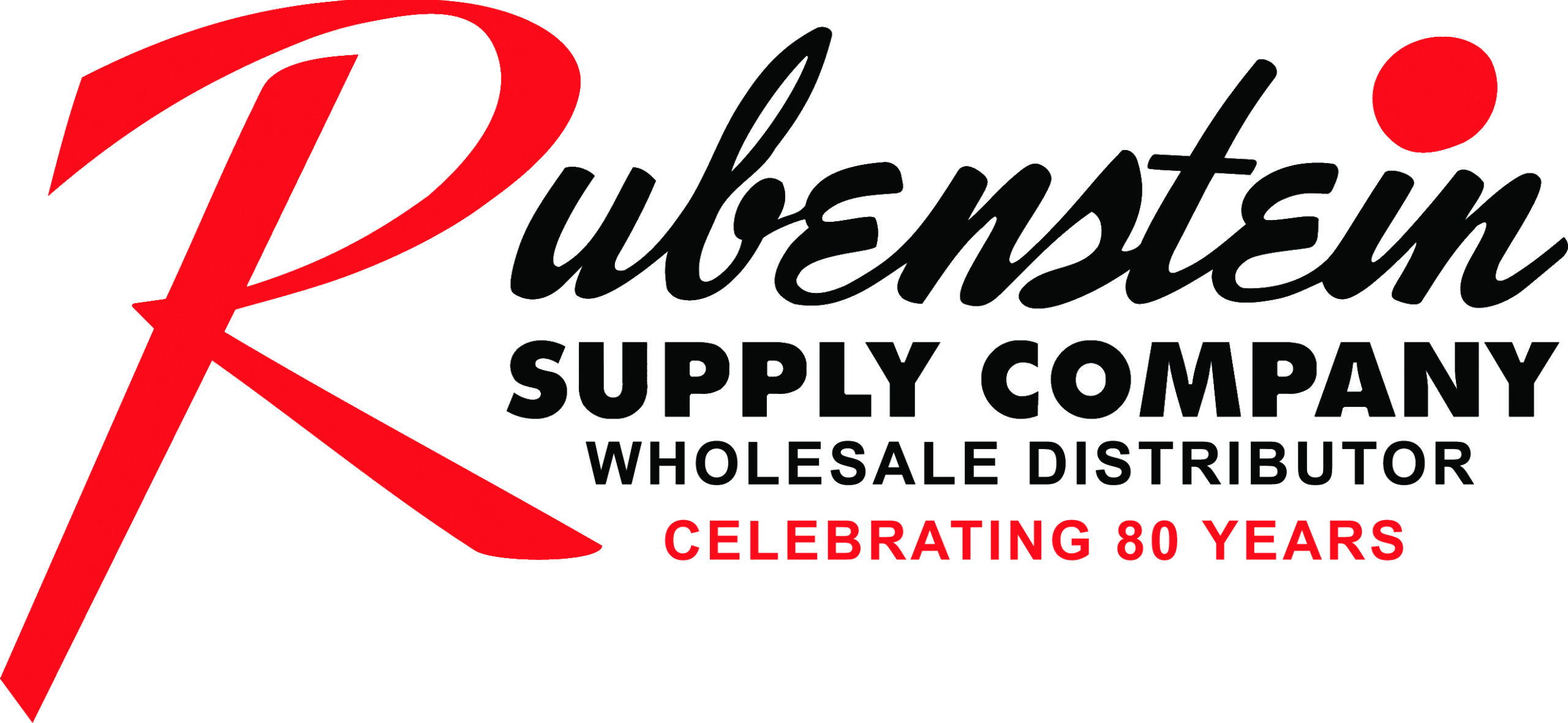





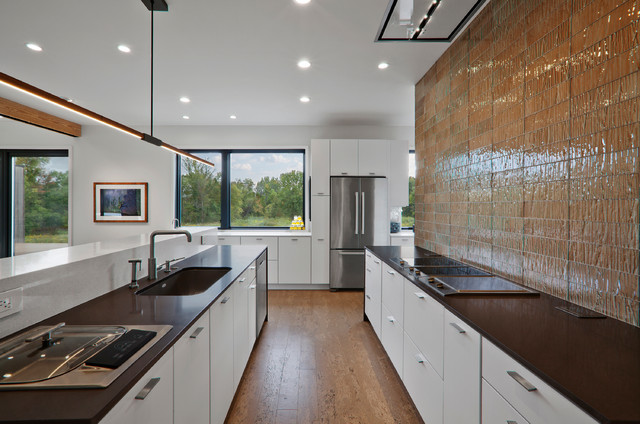

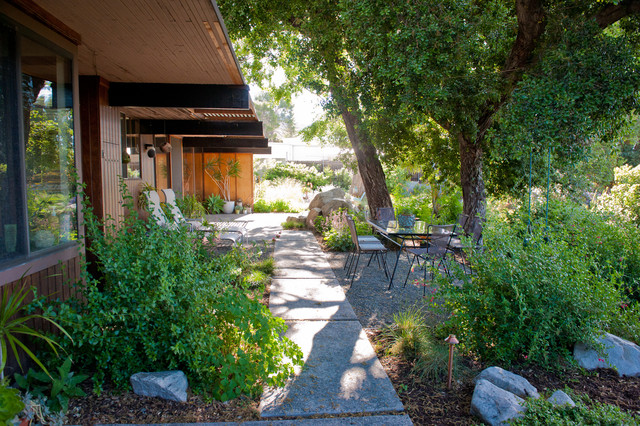
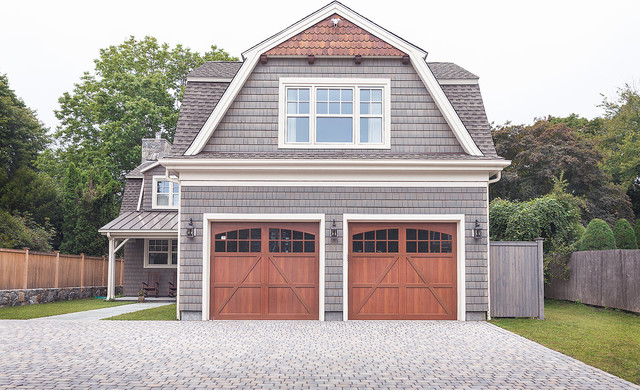

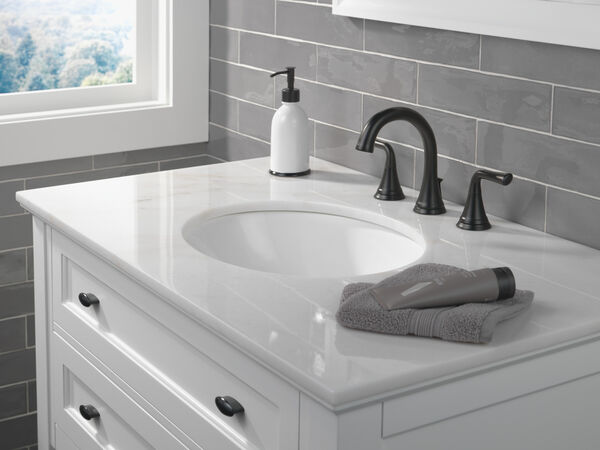

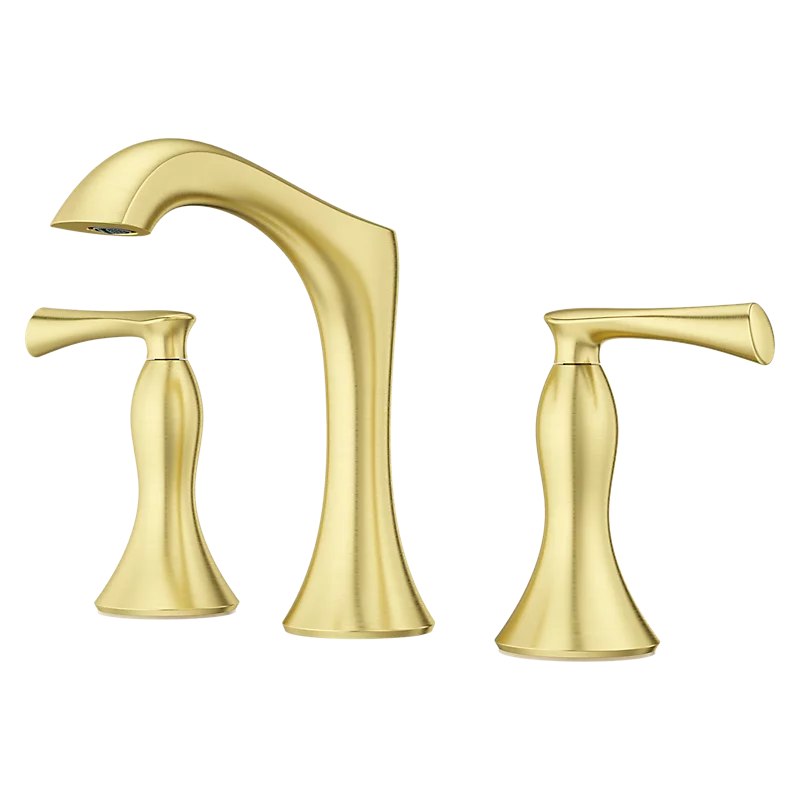
1. Native Plants
Consider incorporating native plants into your next landscape improvement — even if only in part of your yard — for their many environmental benefits. “Once you start to see all of the unique features they offer and benefits they provide, it almost becomes like a hobby collecting them,” says landscape designer Lee Armillei of Athyrium Design in Fort Washington, Pennsylvania.
Local native plants provide food and shelter for wildlife and beneficial insects, and they contribute to the larger ecosystem without relying on valuable resources or extensive maintenance to survive. They also reflect your region’s distinct terroir and can adapt to and evolve with the local climate. “Wherever you are in the world, your region’s authentic foliage will be most resilient to ongoing and changing climate factors,” says Cassy Aoyagi, president of FormLA Landscaping in Los Angeles.
In California and other drought-prone areas, replacing the traditional lawn with a wildflower meadow or native no-mow grass has become a popular trend, but even those in water-rich regions can reap the benefits of losing the lawn. “It can instantly improve curb appeal,” says Isara Ongwiseth, lead designer of FormLA Landscaping. “Over 10 years, a 1,000-square-foot lawn replacement can also save more than $30,000 in maintenance-related costs, roughly the equivalent of a UCLA education…. Of course, we think the greatest payoff is joy.”